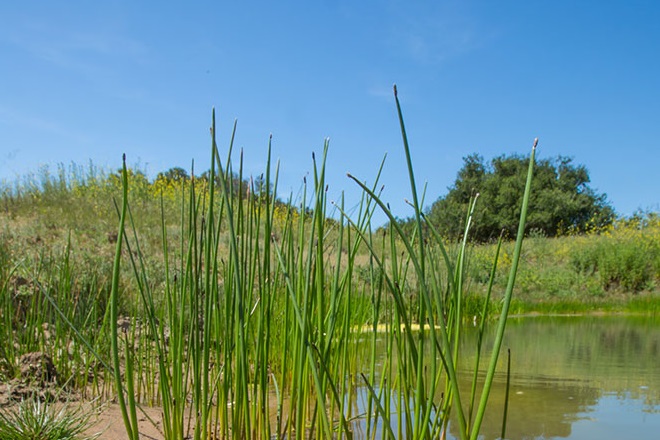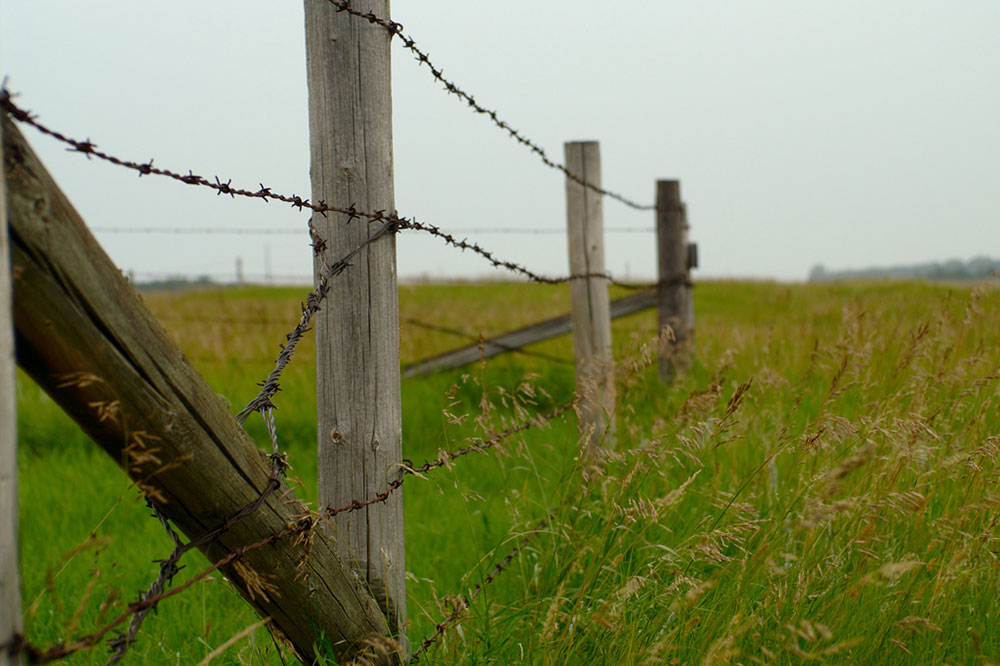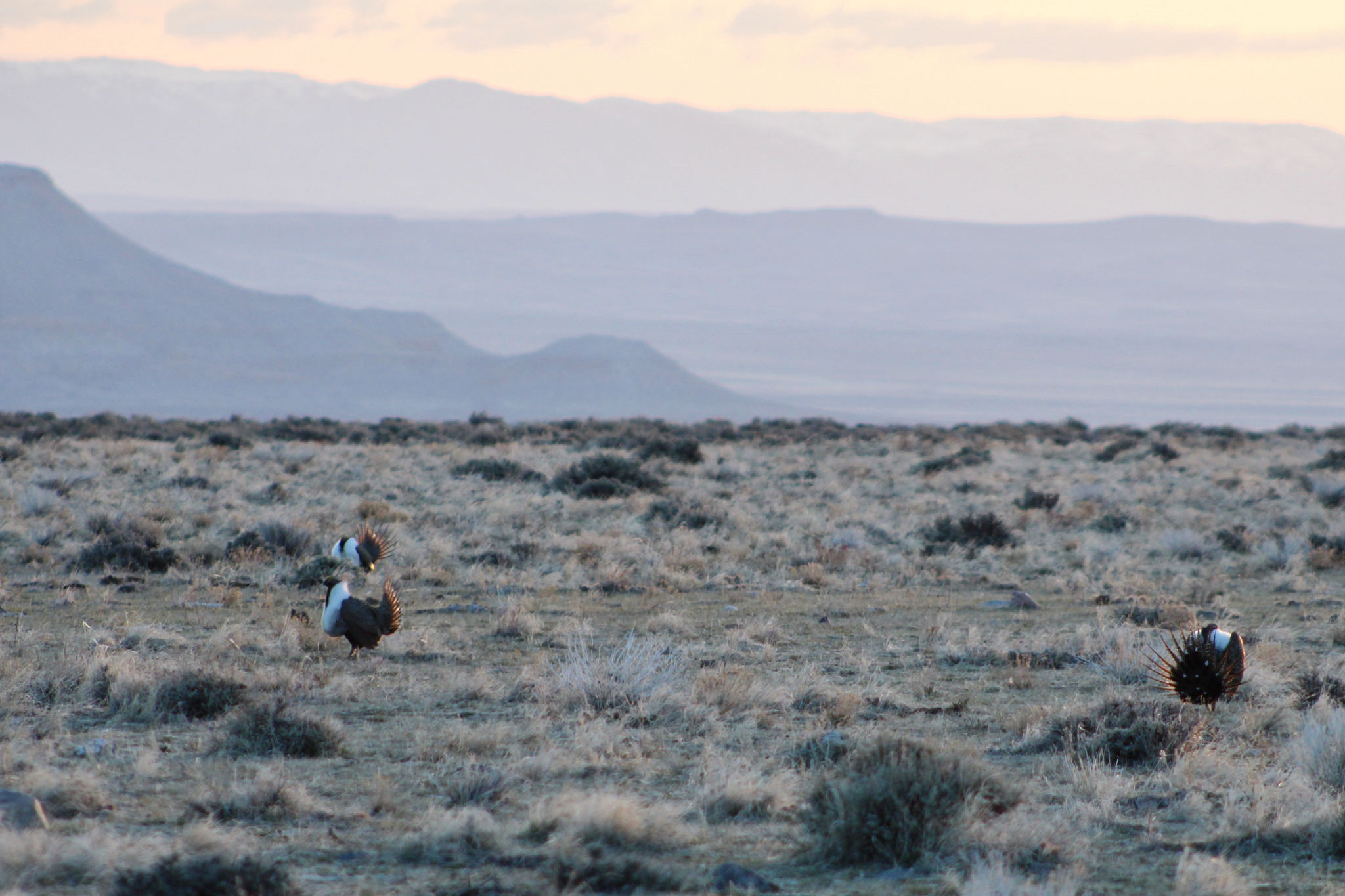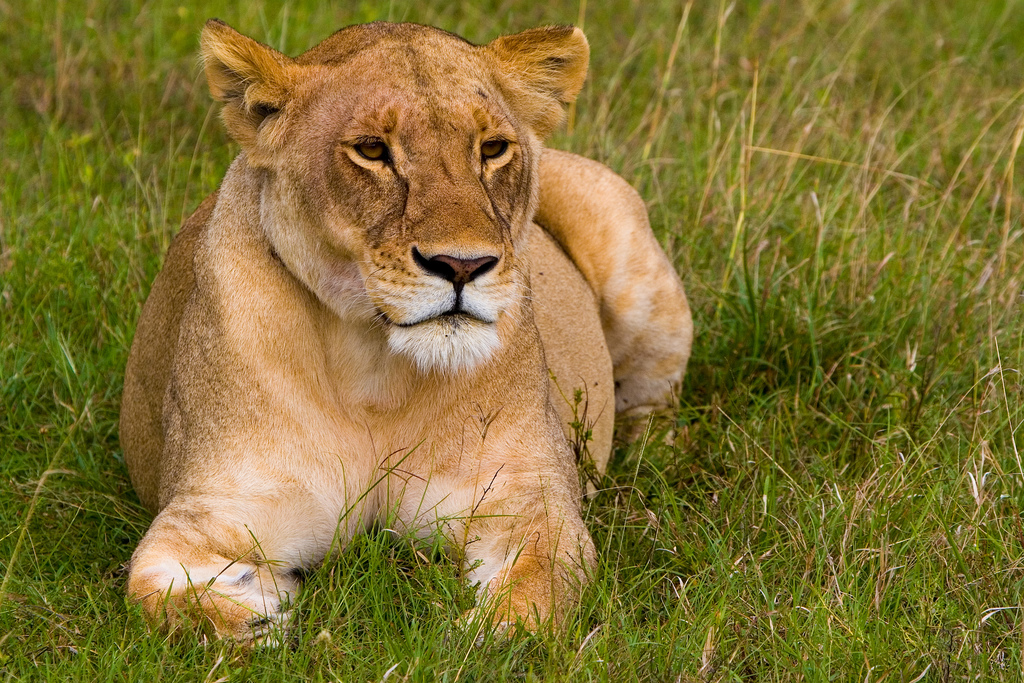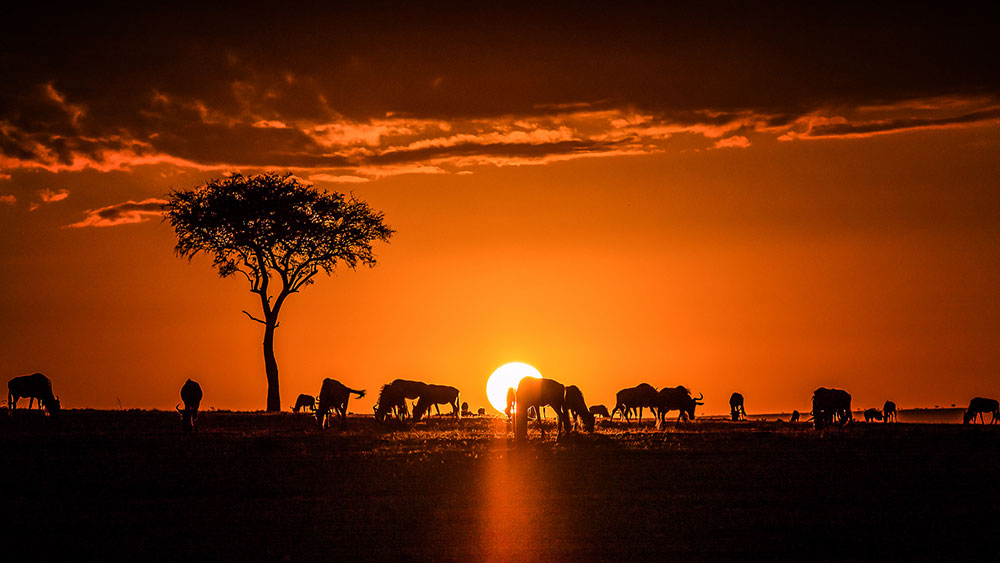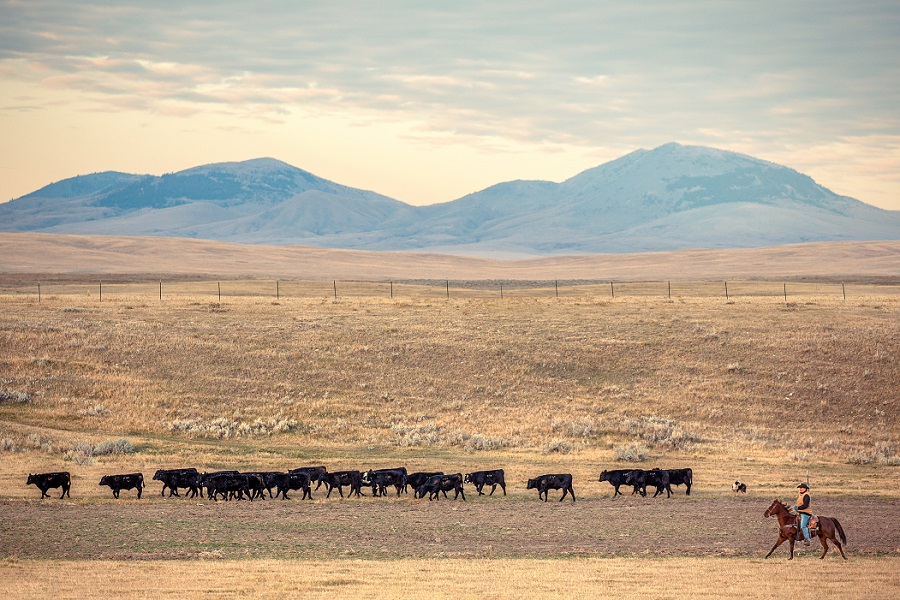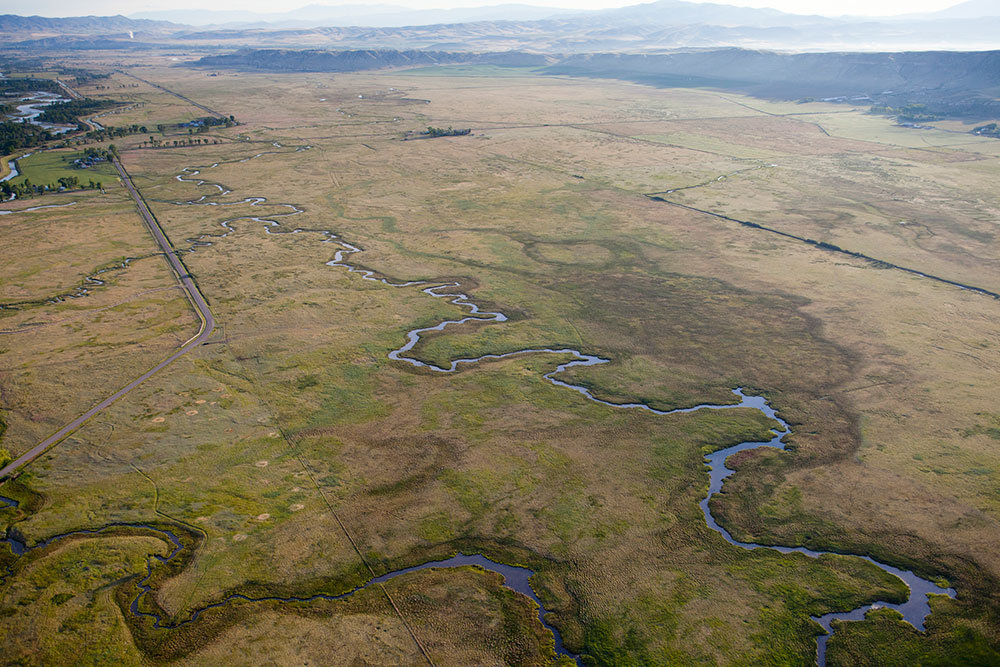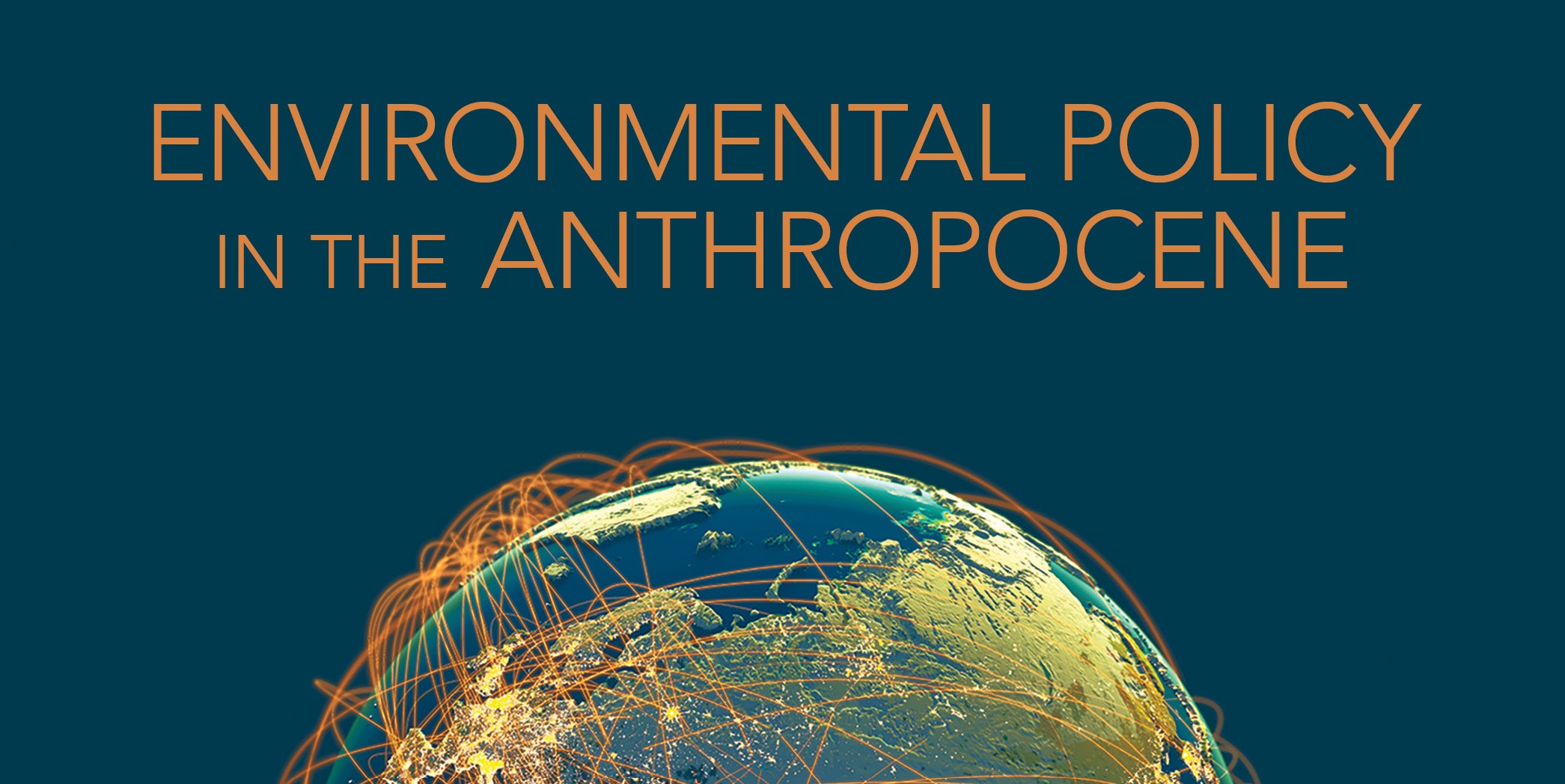[…] collaboration with the U.S. Fish and Wildlife Service, WRA worked to enhance habitat in two cattle stock ponds on the property for the threatened frog. This included planting wetland vegetation on which the frogs could attach their eggs and willow trees for overhead shade and cover. Two egg masses were taken from a pond […]
